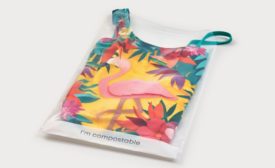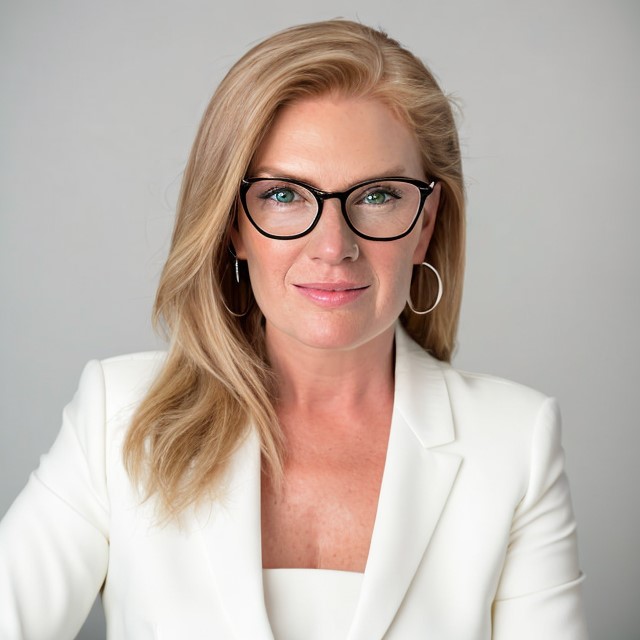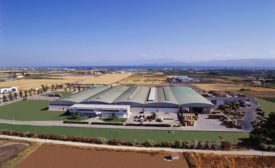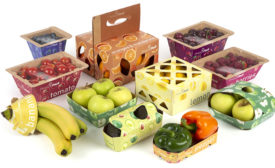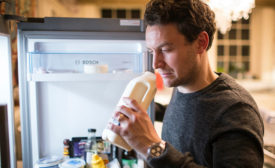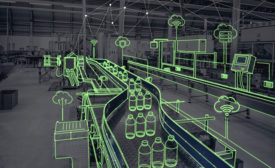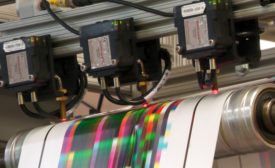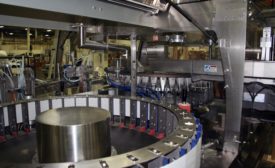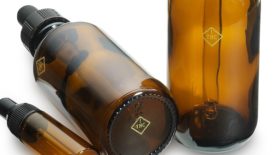Featured on Home Page
A recently released survey of leading CPG companies contains a slew of statistical gems, some of which may be surprising
Read More
New Ways to Protect Produce
From fiber-based packaging to labels with adhesive-free zones to prevent contact with product, companies continue to develop innovative ways to protect and package produce.
July 5, 2023
Helping Consumers; Meeting Directives
Today the humble bottle cap carries a lot of environmental responsibility, from helping consumers reduce food waste to meeting EU directives coming down the pike.
July 3, 2023
Cover Feature
From Smart Valves to Smart Factories
Whether talking about a humble smart valve that can collect critical equipment data or a fully automated shop, the flexibility and scalability of automation make it possible for CPG firms of any size to benefit from the technology.
June 30, 2023
Keep the info flowing with our eNewsletters!
Get the latest industry updates tailored your way.
JOIN TODAY!Copyright ©2025. All Rights Reserved BNP Media.
Design, CMS, Hosting & Web Development :: ePublishing


